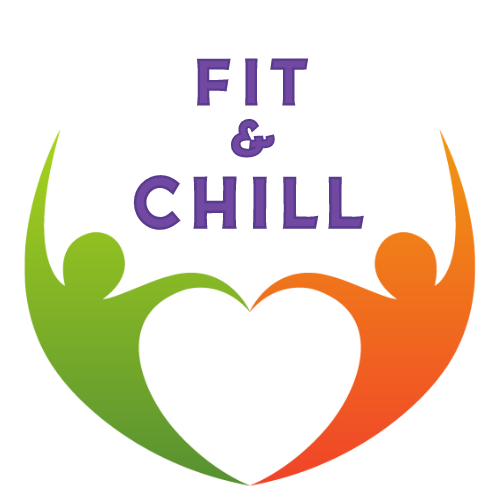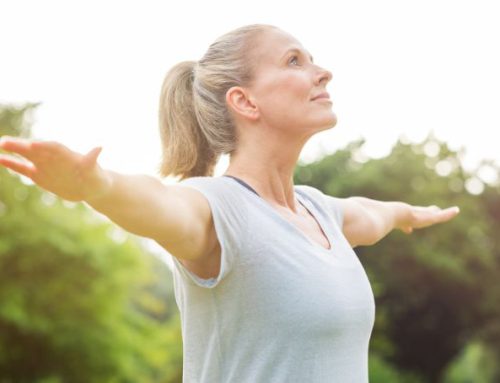Benefits of The Single Leg Hinge (Right Side)
- Posterior Chain Strength: The exercise targets the hamstrings, glutes, and lower back, helping to strengthen and tone the posterior chain muscles.
- Balance and Stability: Performing single-leg exercises like the single-leg hinge improves balance, stability, and proprioception, reducing the risk of falls and injuries.
- Hip Mobility: Hinging at the hips increases hip mobility and flexibility, improving overall hip function and range of motion.
- Core Engagement: The core muscles are engaged throughout the movement to stabilize the torso and maintain proper alignment.
- Functional Movement: The single-leg hinge mimics real-life movements like bending down to pick up objects, making it a functional exercise for daily activities.
Tips for Beginners:
- Start with Proper Alignment: Begin with your standing leg (right leg) in a stable position, ensuring your foot is firmly planted on the ground.
- Focus on Stability: Use a chair or wall for support if needed to maintain balance and stability while performing the movement.
- Controlled Movement: Perform the single-leg hinge movement slowly and with control, focusing on maintaining proper form throughout.
- Limit Range of Motion if Necessary: If you’re unable to hinge all the way to parallel, reduce the range of motion until you build sufficient strength and flexibility.



Leave A Comment